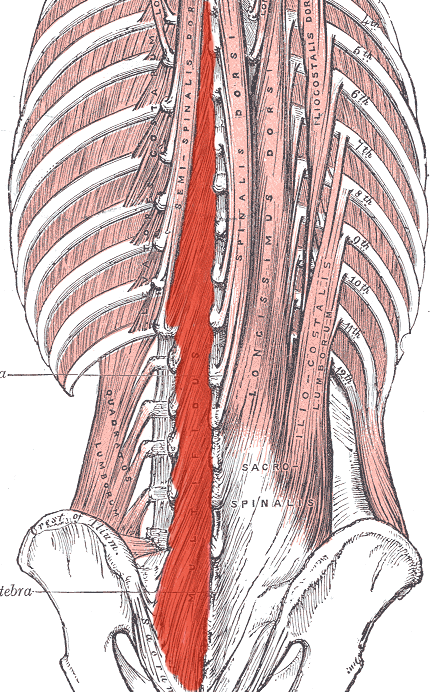Physical Therapy as Hypermobility Pain Treatment
When joints move beyond their normal range of motion, problems ensue. Hypermobility affects joint stability, muscle function, and the health of the surrounding connective tissues. While some people are asymptomatic, others experience chronic pain and fatigue, leading them to search for effective hypermobility pain treatment. Physical therapy, when tailored for hypermobility, offers the pain treatment people seek.
How Hypermobility Causes Pain
Hypermobility leads to pain through incorrect joint movement, extra work for muscles, and stress on fascia. Poor body awareness can lead to accidents and injuries from overuse. When physical therapy is used as a hypermobility pain treatment, it seeks to correct the source of the pain.
Joint Instability
Joints that move too freely lack the structural support to stay aligned. This leads to:
Microtrauma from repetitive subluxations (partial dislocations)
Irritation or stretching of joint capsules and ligaments
Muscle Overuse
Lax ligaments require muscles to work overtime. This added workload leads to:
Muscle fatigue and soreness
Trigger points or tightness from constant guarding
Poor Proprioception
Hypermobility often impairs body awareness. Normally, ligaments and joint capsules contain mechanoreceptors that send feedback to the brain about joint angles and pressure. In hypermobile joints, these structures are too loose, so the receptors send inaccurate signals. This leads to pain from:
Misaligned movements
Sprains or overuse injuries
Fascial Stress and Connective Tissue Disorders
In people with hypermobility, the fascia often becomes overworked, disorganized, and painful due to compensatory mechanisms. If Ehlers-Danlos Syndrome is also present, in addition to faulty collagen affecting the joints, the fascia, skin, and blood vessels can be affected as well. People experience:
Widespread, diffuse pain
Sensitivity to pressure and fatigue
Most Common Pain Areas in Hypermobility
Hypermobility pain emanates from several key areas of the body. The most common areas to experience pain are:
Neck and upper back due to postural compensation and instability.
Shoulders ache from frequent subluxations and impingement.
Knees hurt because of poor tracking of the kneecap or instability during walking or standing.
Ankles and feet ache as flat feet and ankle rolling increase joint strain.
Lower back pain comes as the body compensates from other unstable joints or core weakness.
Wrist and finger pain occurs in people who type, write, or grip frequently.
Specialized Physical Therapy as Hypermobility Pain Treatment
Physical therapy (PT) offers very effective hypermobility pain treatment when it is specialized for hypermobility:
Treatments that Work
The Balanced Body physical therapists tailor the treatment pain to each patient. They focus on the areas of hypermobility to reduce pain and reduce injuries. A treatment plan can include components such as:
Stabilization exercises to target deep core and joint-supporting muscles (e.g., multifidus, glute medius, etc.)
Proprioception training to help improve body awareness and reduce injury risk.
Low-load strength training will build endurance and stability without over straining joints.
Myofascial release to reduce muscle tension and referred pain.
Activity modification training teaches you how to avoid hyperextending or locking joints during daily tasks.
Irvine, Newport Beach, and Costa Mesa Hypermobility Pain Treatment
Don’t suffer from hypermobility pain. Find relief with physical therapy from Balanced Body Physical Therapy.
Call (949) 748-7806 to arrange a free 15-minute phone consultation. Or if you prefer, Contact Us to schedule an appointment.
Holistic physical therapy, functional physical therapy, and hypermobility pain physical therapy bring relief to chronic pain. Don’t suffer, act today.



